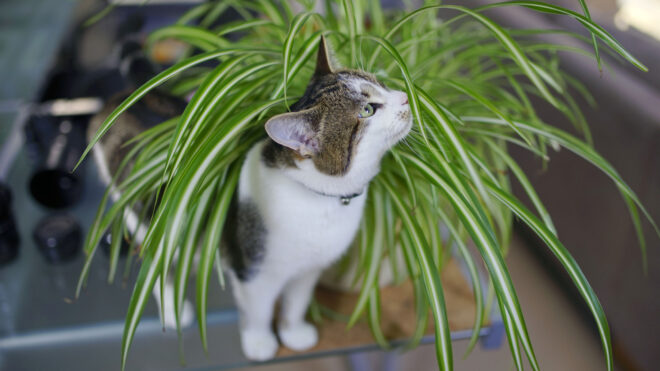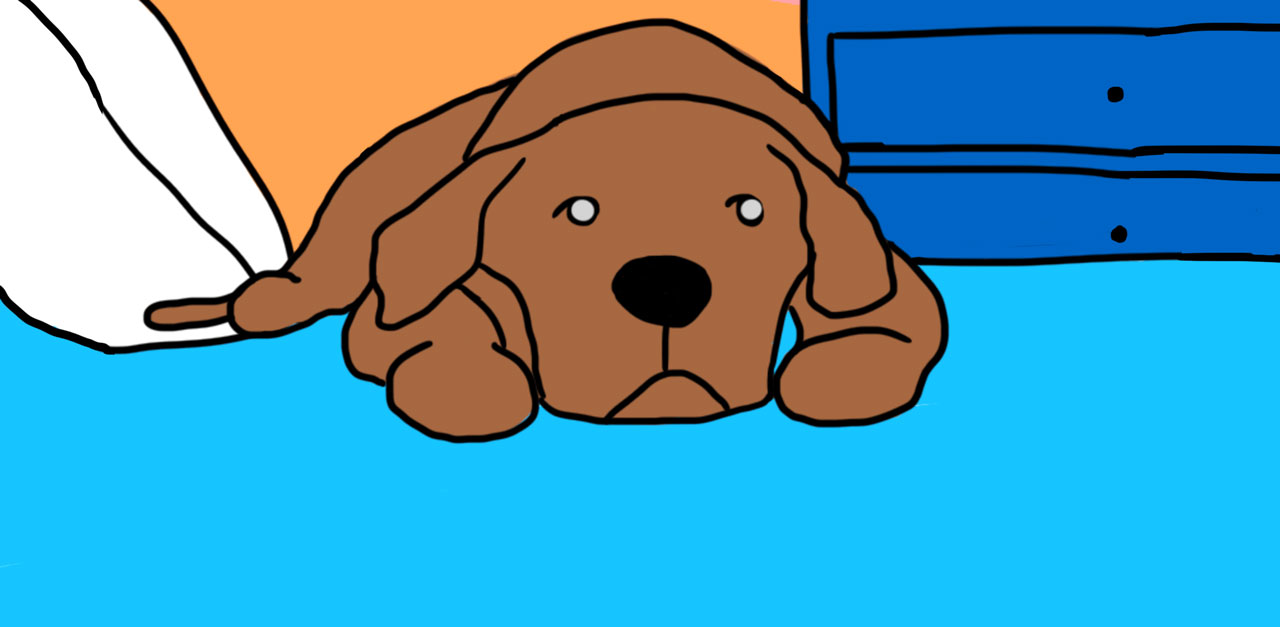
If you have a precious pooch in your life, there's a good chance you'll do just about anything to keep him healthy or happy!
That's why it's so important for all dog owners to know how to spot the signs of diabetes in their pets.
After all, there are lots of people illnesses that dogs can't get, and vice versa. Unfortunately, diabetes isn't one of them.
Knowing doggy health symptoms is key to spotting all sorts of medical dilemmas early on.
Diabetes in dogs is very similar to diabetes in humans. Many of the symptoms are the same, and just like their owners, dogs with diabetes can either have type 1 diabetes or develop type 2 over time.
If you have a beloved dog who isn't acting quite the way he used to, it's a good idea to watch for these symptoms. Also, have a vet run exams as soon as possible to help get your pup the treatment he needs!
Scroll through to learn how to spot the symptoms of diabetes in dogs.
Photo Credit: Wikimedia Commons / Flickr
Sign #1: Drinking Tons Of Water
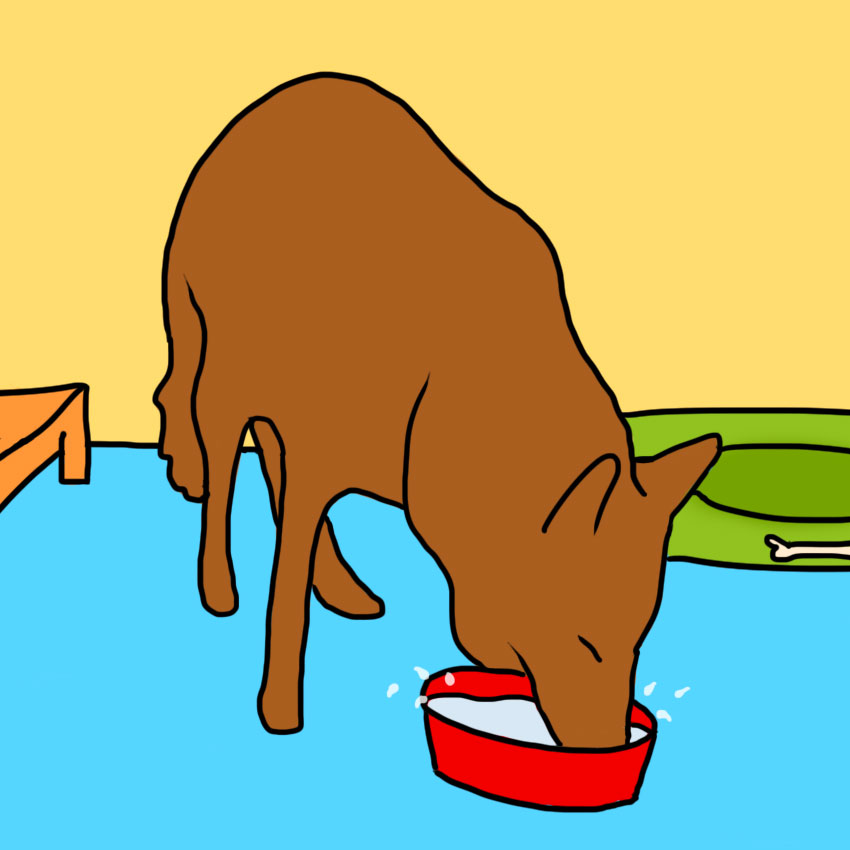
Is your dog making constant trips to the water bowl?
It's normal for dogs to drink plenty of water, but watch your dog closely to see if it seems like he just can't get enough to drink.
If your dog suddenly seems excessively thirsty and is drinking huge amounts of water, it might be time for a trip to the vet.
Dogs with diabetes have too much glucose in their bodies, which absorbs water fast and leaves the pooch feeling constantly thirsty.
Sign #2: Needs To Go Out All The Time
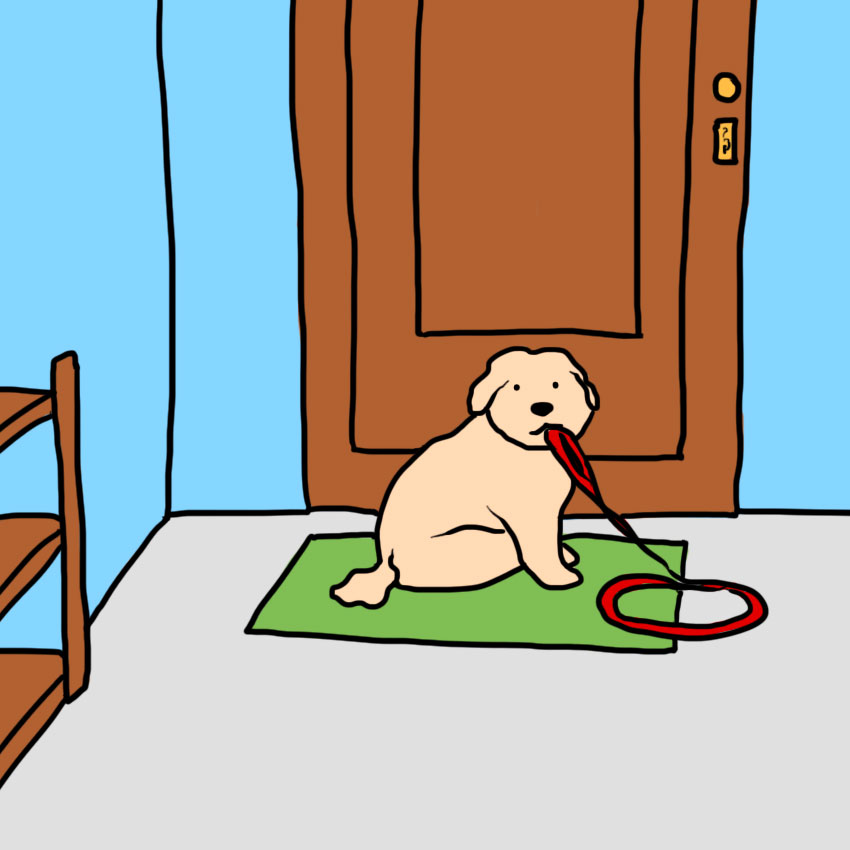
We mentioned excessive thirst earlier.
Well, excessive peeing is the direct corollary.
Because the extra glucose in the dog's bloodstream is causing water to accumulate, it also means the body is processing water faster than usual.
In other words, a dog with diabetes might ask to go out almost constantly, and not just to give the cat next door menacing glances.
You also may find that a dog who is already house-trained suddenly has trouble "holding it" until he gets outside.
Sign #3: Fruity-Smelling Breath

Doggy breath is notoriously foul, so most of us would rather not spend too much time sniffing it.
However, if you do happen to catch a whiff and notices it smells unusually pleasant, it might be time for a trip to the vet.
When too much glucose builds up, it can give your dog's breath a fragrant, fruity odor.
It might make a nice temporary change, but that stinky puppy breath is actually normal.
Sign #4: Skin Infection
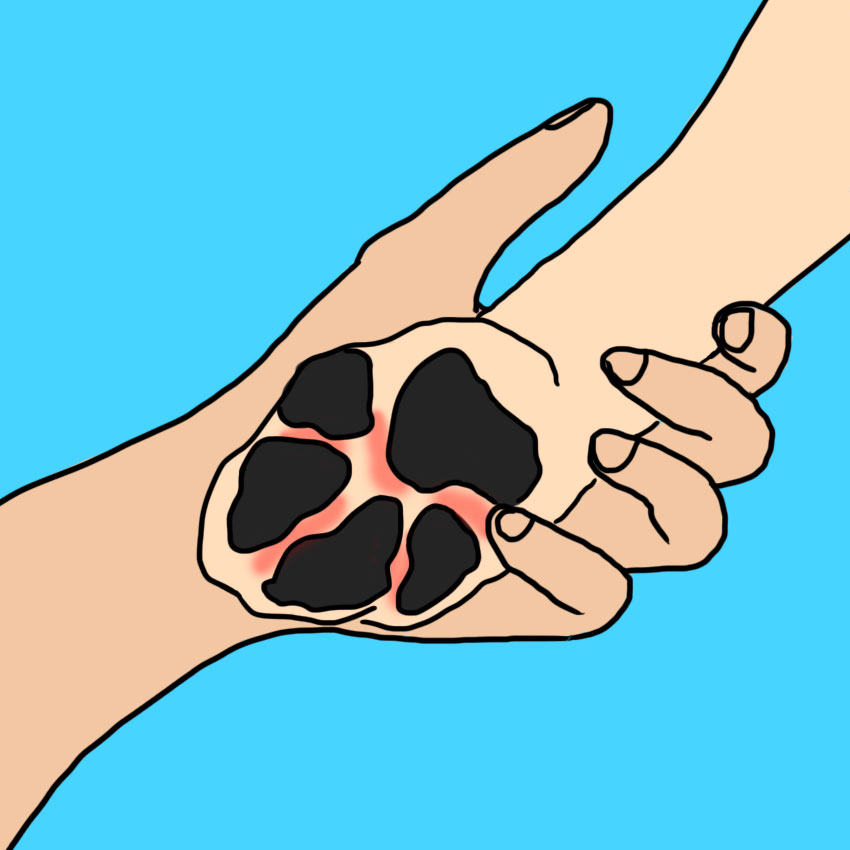
Diabetes can cause nerve damage over time, and nerve damage can be particularly bad in the extremities, because they don't get as much blood flow.
If your dog has nerve damage in his paws, the first sign might be small lesions or sore spots on the tender skin of his paws, along with limping.
This might indicate that his feet aren't as sensitive to pain as they should be, so he isn't noticing small injuries when they happen.
Sign #5: Struggles To Pee
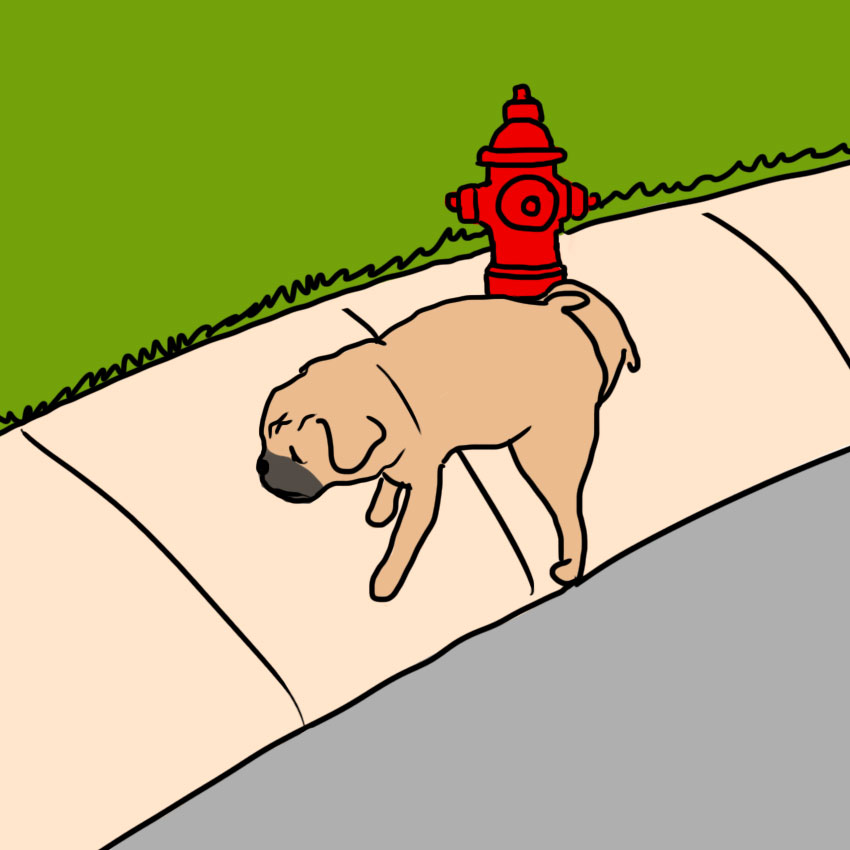
Your pup might constantly ask to go outside, but you might notice that he's actually struggling to relieve himself.
If you take him for a walk and notice that he's lifting his leg on everything, but not actually peeing much (or at all) it could be a sign that his glucose levels are affecting his bladder.
Dogs with diabetes are especially prone to developing urinary tract infections, which might make them feel like they need to urinate, but can't actually go.
Sign #6: Accidental Weight Loss
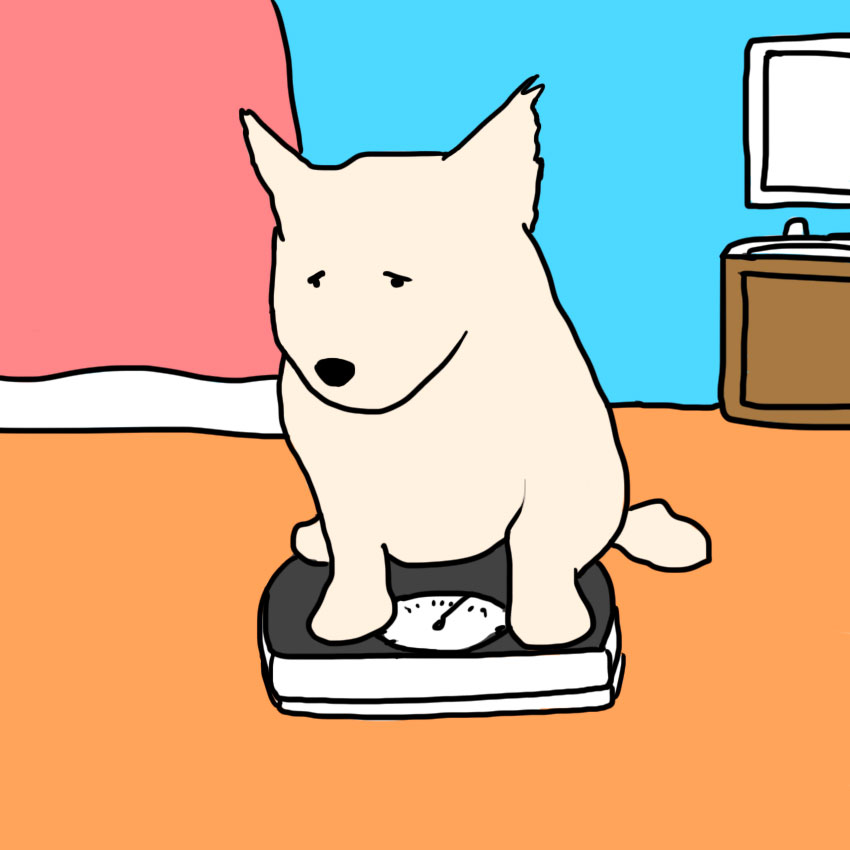
Your dog's diet hasn't changed at all, but he's suddenly dropping pounds.
A rapid weight change in either direction is never a good sign, unless you have been deliberately taking action with a diet and/or exercise plan.
With diabetes, the body can't get access to quick-burning glucose for energy. Instead, it starts to break down the body's muscles for energy.
Sign #7: Cataracts Develop
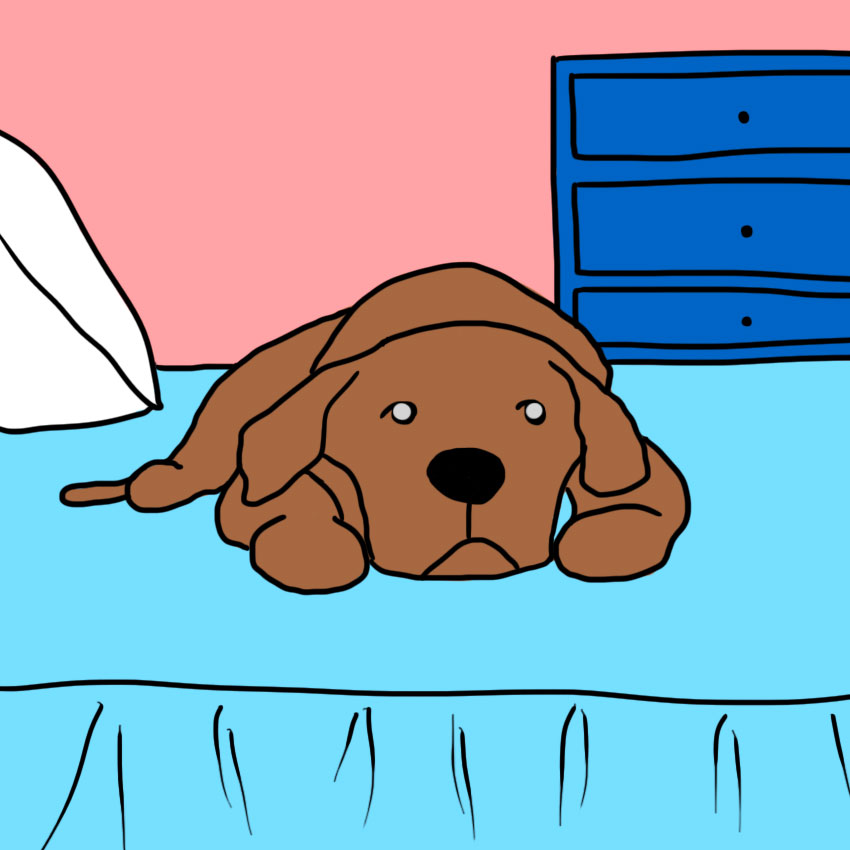
Diabetes can sometimes be prevented if the warning signs are caught early enough.
However, if diabetes symptoms continue for an extended period of time without treatment, complications might develop.
Cataracts are cloudy plaques that develop on the eyes and impair vision. They are a common complication of diabetes.
Fortunately, they can often be treated with a minor surgery, which can sometimes prevent the eye damage from becoming permanent.
Sign #8: Fatigue

Your normally peppy pooch is totally unmoved by the word "Walkies!" Dinnertime brings no excitement, and fetch is completely out of the question.
If your dog seems way too exhausted to enjoy any of his favorite pastimes, it could be a symptom of diabetes, which saps the energy reserves big time.
If you spot any of these symptoms developing in the pooch in your life, schedule an appointment with the vet right away!
And be sure to SHARE these symptoms for all other dog lovers who want to keep their canine companions happy and healthy!


